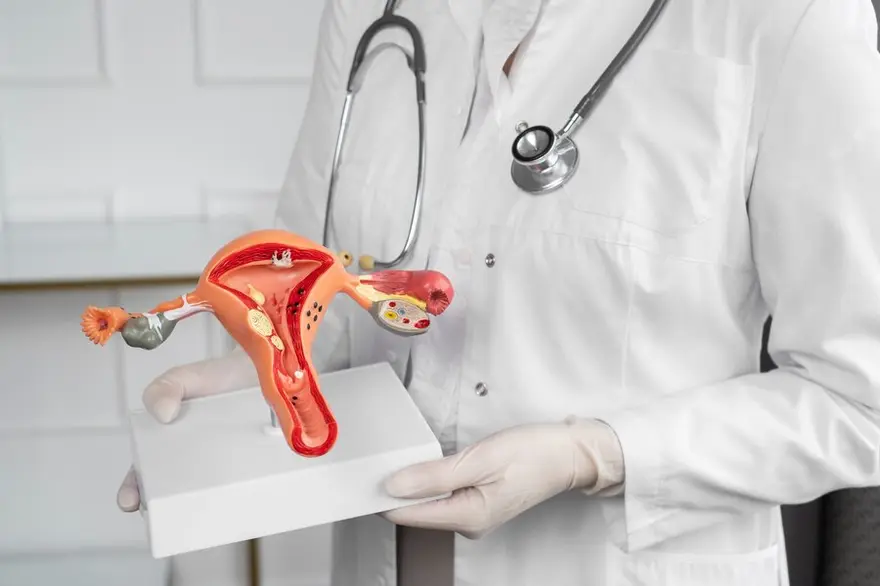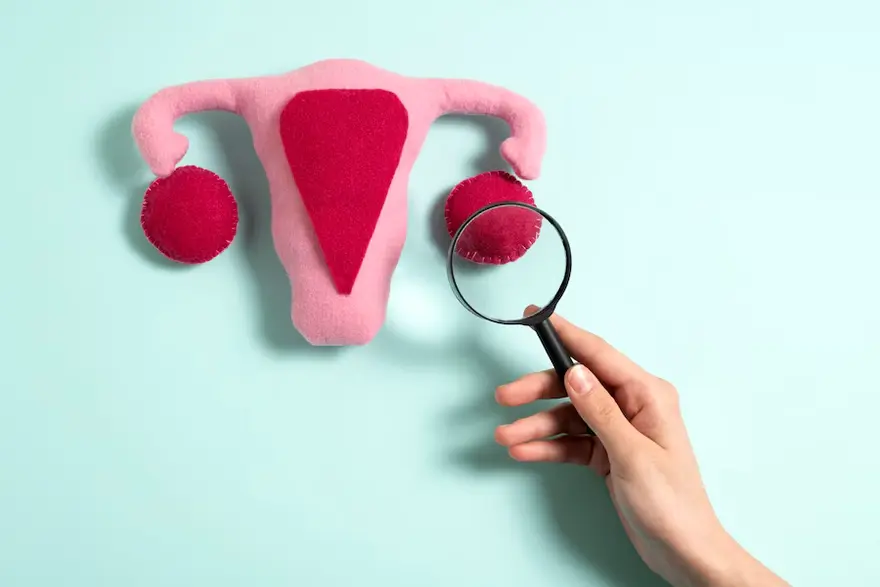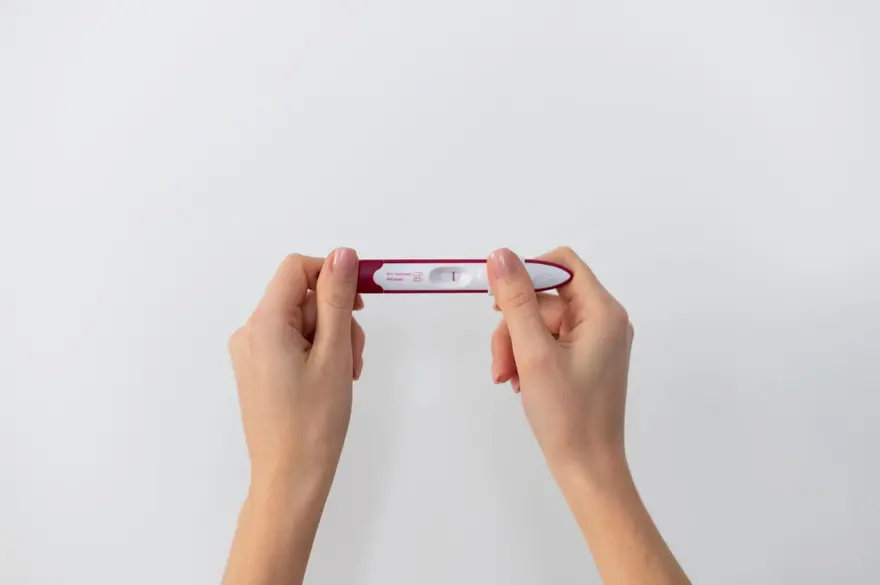Preventive Healthcare
Understanding Spina Bifida: Types, Causes Symptoms, and Treatment
938 Views
0

Introduction
Today we will discuss an important topic: spina bifida. What is it? Why should you know about it? It is a birth defect that occurs when the spine and spinal cord do not develop properly during early pregnancy. Think of a zipper that doesn't close completely. That's what happens to the spine with spina bifida. This article will let you know about the types of spina bifida, its causes, symptoms, how to diagnose it during pregnancy, available treatment options, preventive measures, and finally the life prospects of people with this condition.
What is Spina Bifida?
Spina bifida is a congenital neural tube defect characterized by incomplete development of the spinal cord and surrounding membranes during early pregnancy. The severity and impact of this condition varies greatly from person to person.
What are the types of spina bifida?
Understanding spina bifida types can help you better understand this complex condition.
There are three main types:
Spina bifida occulta
It is considered the mildest form of spina bifida and usually involves a minimal portion of the spine, where there is a small gap in one or more bones (vertebrae) of the spine. This type often goes unnoticed because it doesn't usually cause symptoms or health problems.
Meningocele
This type is rare but more serious than the occulta. This is a fluid-filled sac or cyst that protrudes from the spine. However, the spinal cord does not fit in this bag and reduces the risk of neural lesions.
Myelomeningocele
The most severe form of spina bifida, infants who are born with myelomeningocele their spinal cord does not form properly and a portion of the undeveloped cord protrudes through the back. Nerve damage is significant and often leads to disability.
Spina bifida in adults
Concerned about spina bifida symptoms in adults? Well, They vary depending on the type and severity of the condition. Common symptoms can include trouble walking, bladder or bowel control problems, hydrocephalus (fluid build-up in the brain), tethered spinal cord syndrome (when the spinal cord sticks to the surrounding tissue), and latex allergy.
What causes spina bifida?
Understanding spina bifida causes can help to manage and this condition better. It is believed that this is a combination of genetic and environmental factors contributes to its occurrence. Risk factors include folic acid deficiency during pregnancy, use of certain antiseizure medications, obesity, and poorly controlled diabetes.
Can spina bifida be diagnosed during pregnancy?
Yes, spina bifida can often be diagnosed during pregnancy through various prenatal tests:
- Maternal serum alpha fetoprotein (MSAFP) Screening: A blood test taken at 16-18 weeks of pregnancy that measures levels of alpha-fetoprotein. Abnormally high levels may indicate spina bifida or other neural tube defects.
- Foetal Ultrasound: High-frequency sound waves are used to create images of the developing baby. Ultrasounds can detect spina bifida and other birth defects, with diagnosis being more accurate during the second trimester (18-22 weeks).
- Amniocentesis: A sample of the amniotic fluid that surrounds the fetus is collected through a tube and tested for protein levels that may indicate neural tube defects. This test is usually performed at 15-20 weeks of pregnancy.
- Level II Ultrasound: Also called an anatomical survey, this detailed ultrasound looks for fetal abnormalities.
- Foetal MRI: Magnetic resonance imaging is used to produce pictures of the fetal brain and spine to check for a Chiari malformation and assess its severity.
If spina bifida is detected during pregnancy, the mother will usually be referred to a specialised fetal treatment centre for further evaluation and advice on treatment options. In some cases, prenatal surgery may be an option to repair or minimize the defect before birth.
How is spina bifida treated?
Spina bifida can be treated through a combination of surgical procedures, medical therapies, and ongoing care. Specific treatment depends on the severity of the condition and the symptoms a person is experiencing.
Initial Surgery
- Repair of the Spine: In babies with spina bifida, a surgery is performed within 24 to 48 hours after birth to repair the spinal defect. In which a surgeon puts the spinal cord and any exposed tissues or nerves back into the correct place, then closes the gap in the spine with muscle and skin.
- Treatment of Hydrocephalus: If a patient has hydrocephalus (excess fluid in the brain), a shunt is implanted to drain out the excess fluid which is passed to another part of the body (usually the abdominal cavity). This surgery is often necessary to prevent brain damage and other complications.
Medical Therapies
- Physiotherapy: Helps people maintain strength in their leg muscles and prevents deformities. It involves daily exercises and the use of special splints to support the legs.
- Occupational Therapy: Helps find practical solutions for daily tasks, such as getting dressed, and provides equipment such as handrails to make tasks easier.
- Mobility Aids: People who cannot use their legs may need a wheelchair, which can be manual or electric. Special equipment such as handrails and ramps may also be needed to improve mobility.
- Treatment of Intestinal Problems: Includes the use of laxatives, suppositories, enemas, anal irrigation, and antegrade continence enema (ACE) or colostomy in case if other treatments are ineffective.
Ongoing Care
- Specialist Care: Children with spina bifida have to follow up and observed by multidisciplinary team including specialists in physical medicine and rehabilitation, neurology, neurosurgery, urology, orthopedics, physical therapy, occupational therapy, special education, social work, and nutrition.
- Education and Support: Education about spina bifida and local support groups can be crucial for managing the disorder and preventing further complications. Special accommodations may be necessary, but children with spina bifida can lead active, productive, and full lives with support from loved ones.
Overall, spina bifida treatment involves a combination of surgical interventions, medical therapies, and ongoing care to manage the condition and improve quality of life.
Can spina bifida be prevented before and during pregnancy?
Certainly! Folate supplementation before and during pregnancy significantly reduces the risks of spina bifida. Avoiding risk factors such as certain anticonvulsant medications, maintaining healthy weight, and controlling diabetes also play a crucial role in prevention.
What is the outlook for people with spina bifida?
People dealing with spina bifida often require a lifelong medical care. However, despite of the challenges, many lead fulfilling lives, while managing their condition through regular check-ups and surgeries to deal with complications.
Conclusion
Understanding spina bifida is the first step to managing it. With knowledge about its types, causes, symptoms and treatments, affected individuals and their caregivers can make informed healthcare decisions. Metropolis Healthcare offers diagnostic services which could help monitor this condition. Remember, prioritizing your health and staying empowered is essential for a healthier life ahead.













1701259759.webp)









 WhatsApp
WhatsApp